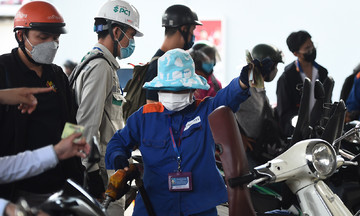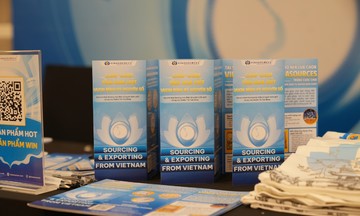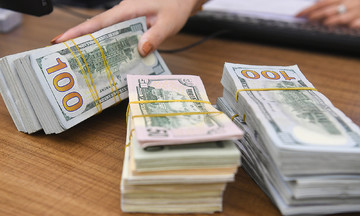Young Mariama Kamara walked into the Statiegeld (meaning "deposit" in Dutch) refund center on Nieuwezijds Voorburgwal Street, Amsterdam, carrying three large bags containing 350 plastic bottles and cans. Kamara was running an errand for her aunt, a restaurant owner. In 7 minutes, she received 50 EUR.
This is one of two flagship refund centers in central Amsterdam. This model was launched in May by Verpact, the Producer Responsibility Organisation (PRO) for packaging waste in the Netherlands, to increase the bottle and can return rate. Previously, refunds were primarily handled through machines integrated into convenience stores, supermarkets, and schools.
The Netherlands has operated a Deposit-Return System (DRS) since 2006. Consumers pay an additional 15-25 cents when purchasing goods in plastic, glass, or aluminum packaging and receive a refund upon returning the containers. Unclaimed deposits are used to expand the program.
As of 9/2024, the country had over 5,000 refund points and 23,000 voluntary collection points that accept deposits as donations.
 |
People returning bottles at a Statiegeld center. Photo: The Guardian |
People returning bottles at a Statiegeld center. Photo: The Guardian
Despite operating for 20 years, the Netherlands' collection rate is only 77% for plastic bottles and 84% for aluminum cans. This falls short of the 90% target set for the beverage industry.
One reason for the lower rate is the location of collection machines. They are often integrated within grocery stores or supermarkets, with the expectation that high customer traffic will correlate with returns. However, some stores do not accept returns of brands they don't sell, such as Lidl not accepting Coca-Cola bottles.
Furthermore, participation in the DRS is voluntary for convenience stores. Smaller shops are not required to provide return machines, reducing the program's reach.
Additionally, collection machines are often small to fit within retail spaces, requiring multiple transactions. Kamara previously had to return her 350 containers individually at three supermarkets near her Amsterdam home. "The work was tedious and caused back pain," she recalled.
To address this, larger machines with a capacity of up to 100 containers were introduced last year. The Statiegeld centers double this capacity, aiming to improve collection rates. The first Statiegeld store opened in Rotterdam, before Amsterdam. It has since collected over one million containers.
 |
A flagship Statiegeld store before opening. Photo: Statiegeld Netherlands |
A flagship Statiegeld store before opening. Photo: Statiegeld Netherlands
Statiegeld centers are centrally located, attracting those discarding packaging, local businesses, curious tourists, and those collecting containers for income. Verpact also operates mobile collection stations at large events.
Collected containers are sorted, cleaned, and recycled into raw materials for resale to manufacturers. For example, PET (polyethylene terephthalate) bottles are recycled into material for new PET bottles. The Netherlands requires 25% recycled content in PET bottles this year.
Hester Klein Lankhorst, Verpact's managing director, considers the DRS a way for the Netherlands to achieve its collection target. The program is part of the Extended Producer Responsibility (EPR) regulations, holding businesses accountable for collecting and recycling packaging. Besides promoting recycling, the program has also reduced city waste, with a 69% decrease in bottles and cans in general waste bins.
However, Martin Calisto Friant, an expert from the non-profit Circle Economy, believes the low deposit fee is a limitation. It does not discourage consumption, which should be the primary focus in plastic waste management. "The deposit fee is the most important policy and should be prioritized," he said.
Verpact's managing director acknowledges there is no "silver bullet" solution for plastic waste. But Lankhorst believes the DRS makes it easier for people to reclaim their deposits and dispose of containers properly.
Deposit-Return Systems are common in Europe, first implemented nationally in Sweden in 1984. Besides Sweden and the Netherlands, DRS is currently used in 15 other countries, including Norway, Germany, and Ireland.
Bao Bao (adapted from The Guardian)












